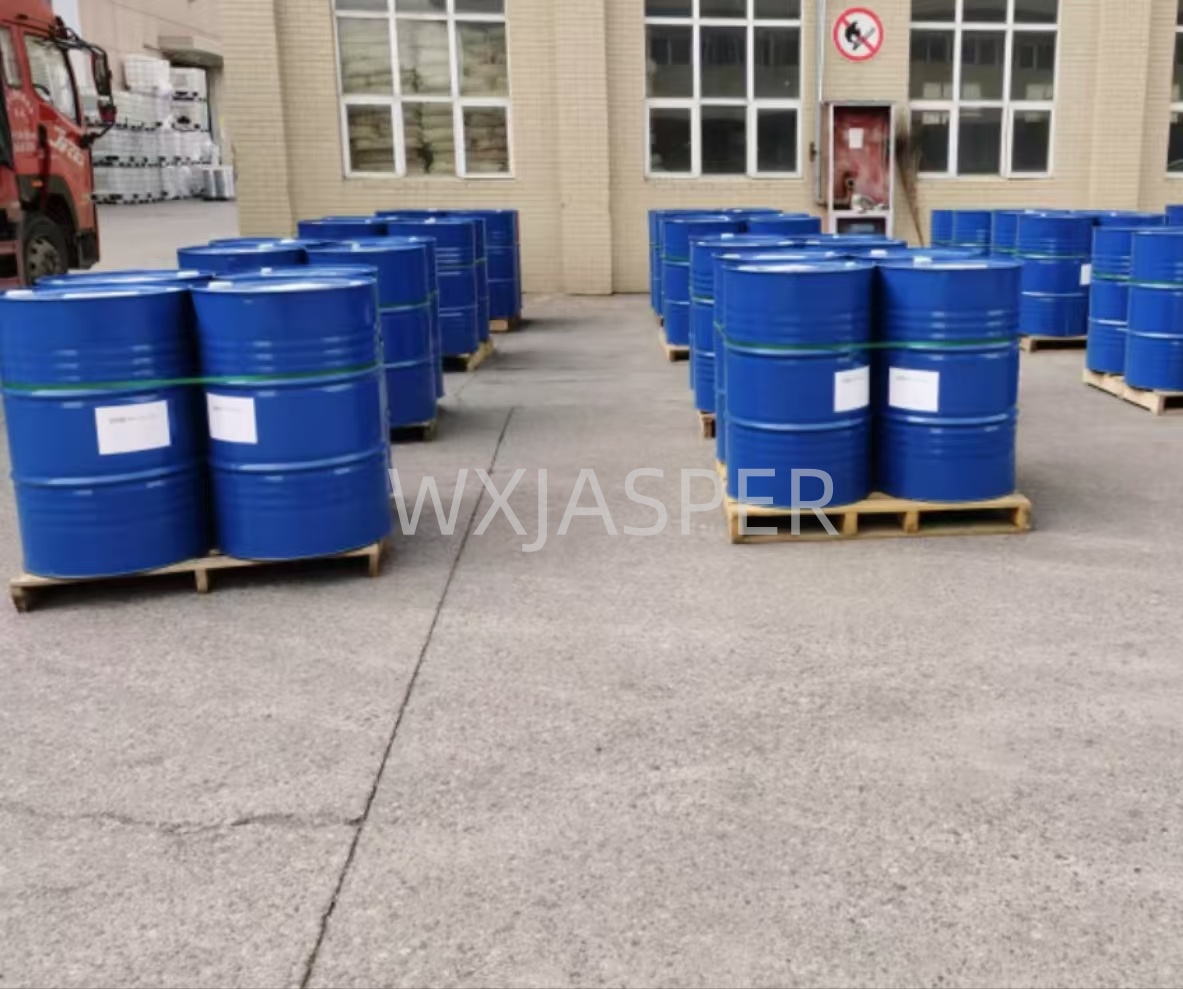Product Details
CasNo: 110-96-3
MF: C8H19N
Appearance: liquid
Delivery Time: 15 days
Packing: 200kg/drum
Purity: 99%
Basic Information
- Chinese Name: 二异丁胺
- English Name: Diisobutylamine
- CAS No.: 110-96-3
- Molecular Formula: C₈H₁₉N
- Molecular Weight: 129.24
- Appearance: Colorless liquid
- Odor: Ammonia-like odor
Physical and Chemical Properties
- Melting Point: -73.5℃
- Boiling Point: 139.6℃
- Density: 0.745 g/mL (relative to water, water = 1)
- Relative Vapor Density: 4.46 (relative to air, air = 1)
- Saturated Vapor Pressure: 0.97 kPa (at 25℃)
- Flash Point: 29℃ (closed cup)
- Solubility: Slightly soluble in water; soluble in organic solvents such as ethanol and benzene.
- Refractive Index: 1.4124 (at 20℃)
Production Method
It can be obtained through the reductive amination reaction of isobutanol. In this process, isobutanol reacts with ammonia under the action of a hydrogenation catalyst (e.g., nickel-based or copper-based catalysts) and appropriate temperature/pressure conditions, followed by separation and purification steps (such as distillation) to obtain high-purity diisobutylamine.
Applications
- Serves as an intermediate in the production of insecticides, corrosion inhibitors, and rubber processing chemicals. For example, it is used to synthesize specific carbamate insecticides and oil-field corrosion inhibitors.
- Also used as a polymerization stabilizer for propylene oxide, helping to prevent unwanted side reactions (e.g., decomposition or cross-linking) during the polymerization of propylene oxide and improving the stability of polymer products.
Safety Information
- Toxicity: Toxic. The acute oral LD₅₀ (median lethal dose) is 258 mg/kg for rats. Inhalation of its vapor or skin contact can cause toxic effects.
- Hazard Classifications: Flammable liquid; corrosive substance. It has strong irritant effects on the eyes, skin, and mucous membranes.
- Hazardous Characteristics: Flammable. It may cause a fire or explosion when exposed to high heat, open flames, or oxidizing agents (e.g., hydrogen peroxide, nitric acid). When heated, it decomposes and releases toxic nitrogen oxide fumes, which can irritate the respiratory tract.
- Protective Measures:
- When handling, wear chemical-resistant gloves (e.g., nitrile gloves), safety goggles, and a vapor-protective respirator to avoid direct contact with skin/eyes and inhalation of vapor.
- Store in a cool, well-ventilated, and fire-proof warehouse. Keep it away from oxidizing agents, acids, and ignition sources (e.g., lighters, heaters).
- In case of leakage, immediately isolate the contaminated area, eliminate all ignition sources, and use inert absorbent materials (e.g., sand, vermiculite) to clean up the spilled liquid. Do not rinse the spill directly with a large amount of water to prevent the spread of the hazardous substance.
- UN Dangerous Goods Shipping Number: UN 2361 3/PG 3 (Class 3 Flammable Liquid, Packing Group III)


